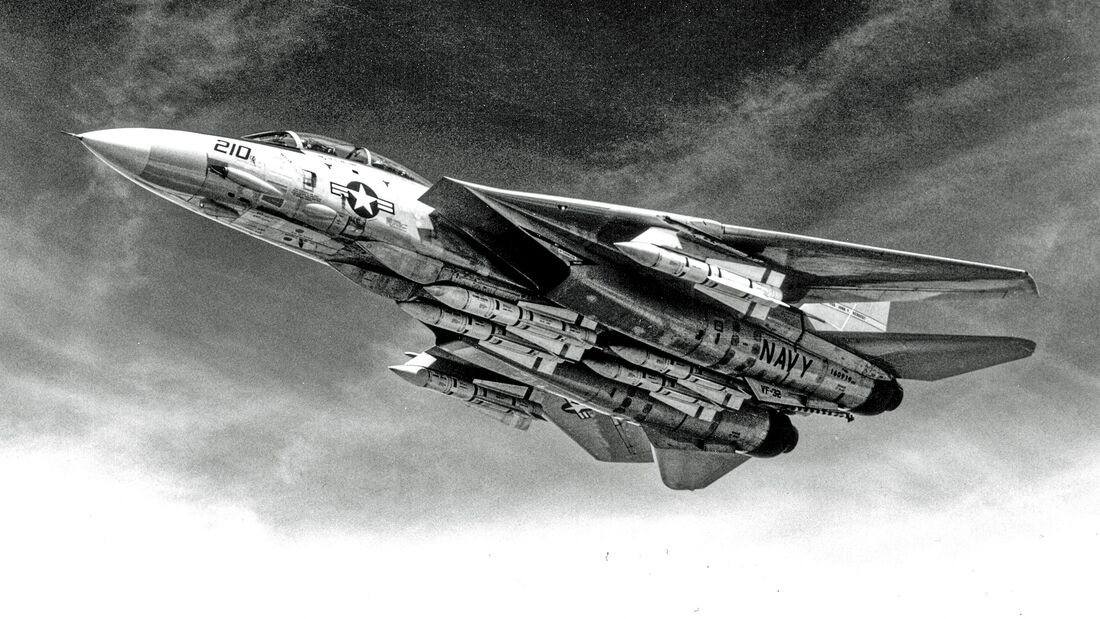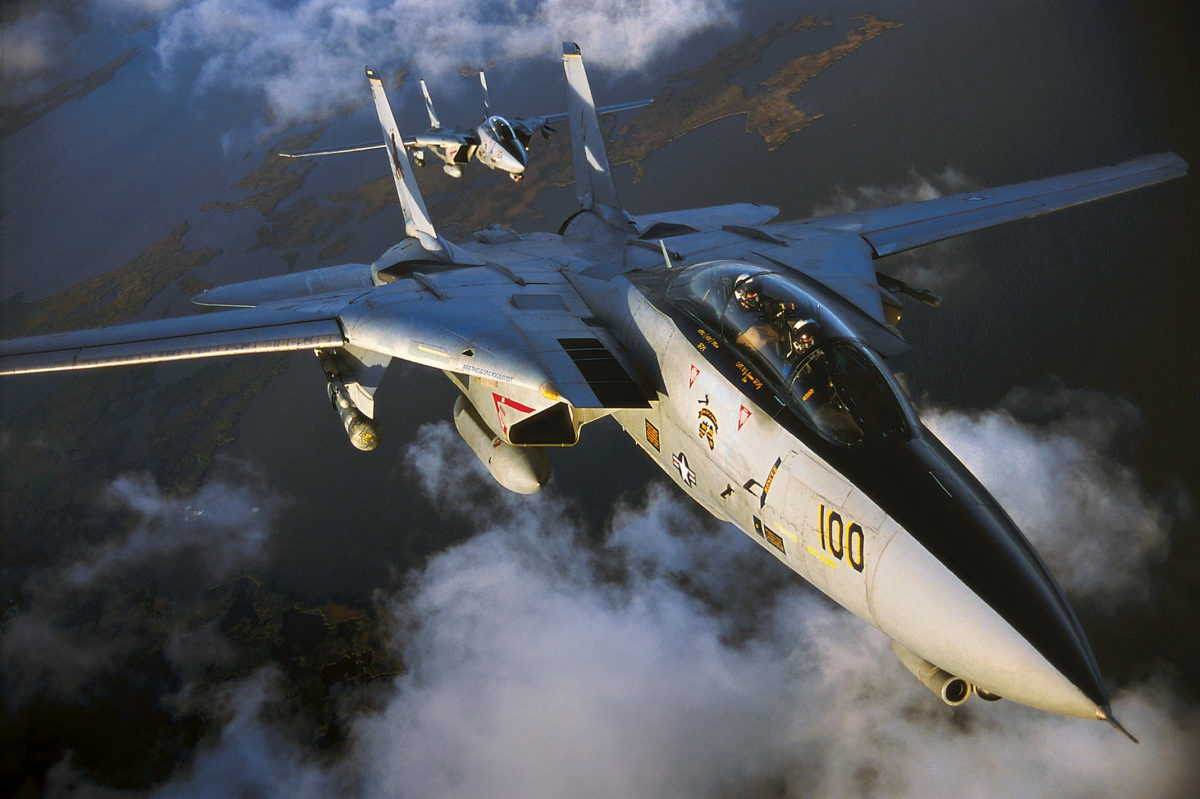The F-14 Tomcat, a name that resonates with power, precision, and a legacy etched in the annals of aviation history, stands as one of the most iconic fighter jets ever to soar through the skies. Developed by Grumman for the U.S. Navy in the 1970s, the F-14 Tomcat was designed to be the ultimate air superiority fighter, capable of defending carrier strike groups against any aerial threat. With its distinctive swing-wing design, powerful engines, and advanced weapons systems, the Tomcat became a symbol of American air power and an enduring icon of military aviation.

The Birth of a Legend
The F-14 Tomcat was born out of necessity during the Cold War, a period of intense rivalry between the United States and the Soviet Union. The U.S. Navy needed a fighter that could dominate the skies, intercept enemy aircraft at long ranges, and protect its fleet from the ever-present threat of Soviet bombers and missiles. Grumman responded to this challenge with the F-14, an aircraft that combined cutting-edge technology with unmatched versatility.
The Tomcat’s most distinctive feature was its variable-sweep wings, which could be adjusted in flight to optimize performance at different speeds and altitudes. This innovation allowed the F-14 to excel in a variety of roles, from high-speed intercepts to slow, controlled landings on aircraft carriers. Powered by twin Pratt & Whitney TF30 engines, the Tomcat could reach speeds of over Mach 2, making it one of the fastest fighter jets of its time.
The Ace in the Hole: Advanced Weaponry
What truly set the F-14 Tomcat apart was its weapons systems, particularly the AWG-9 radar and the AIM-54 Phoenix missile. The AWG-9 was a revolutionary long-range radar capable of tracking up to 24 targets simultaneously and guiding multiple missiles to different targets at once. This made the F-14 a formidable opponent in any air-to-air engagement.
The AIM-54 Phoenix missile, developed specifically for the Tomcat, was a long-range, radar-guided missile capable of striking targets over 100 miles away. This gave the F-14 a significant tactical advantage, allowing it to engage enemy aircraft before they could get within range to retaliate. The combination of the AWG-9 radar and the Phoenix missile made the F-14 Tomcat the ultimate interceptor, capable of taking down multiple adversaries in a single sortie.

Real-World Combat: From the Cold War to the Gulf
The F-14 Tomcat’s combat capabilities were tested in various conflicts, most notably during the Cold War and later in the Gulf War. The Tomcat proved its worth in several high-stakes situations, including skirmishes over the Gulf of Sidra in 1981 and 1989, where F-14s engaged and destroyed Libyan fighter jets in dramatic dogfights. These encounters demonstrated the Tomcat’s superiority and solidified its reputation as a lethal air superiority fighter.
During the Gulf War in 1991, the F-14 played a crucial role in establishing air dominance over Iraq. While the Phoenix missile was never fired in combat, the Tomcat’s presence alone was enough to deter enemy aircraft from engaging U.S. forces. In addition to its air-to-air role, the F-14 also performed reconnaissance missions, using its advanced camera systems to gather intelligence on enemy positions.
Pop Culture Icon: The Top Gun Effect
Beyond its military accomplishments, the F-14 Tomcat achieved a level of fame that few aircraft can claim, thanks in large part to its starring role in the 1986 film “Top Gun.” The movie, which featured Tom Cruise as a hotshot Navy pilot flying the F-14, catapulted the aircraft into pop culture stardom. The sight of the Tomcat’s wings sweeping back as it roared into the sky became an iconic image, inspiring a generation of aviation enthusiasts and cementing the F-14’s place in history.

The Final Flight and Enduring Legacy
The F-14 Tomcat served the U.S. Navy with distinction for over three decades, but by the early 2000s, advancements in technology and the changing nature of aerial warfare led to its retirement. In 2006, the F-14 was officially retired from active duty, replaced by the more modern and versatile F/A-18E/F Super Hornet. The retirement of the Tomcat marked the end of an era, but its legacy lives on.
Today, the F-14 Tomcat is remembered not just as a fighter jet, but as a symbol of American air superiority and innovation. Its design, performance, and combat record have left an indelible mark on military aviation, and it continues to be celebrated by aviation enthusiasts around the world. The Tomcat may no longer fly in active service, but its spirit—of speed, power, and unyielding dominance in the skies—remains as strong as ever.
As museums preserve the remaining F-14s and “Top Gun” maintains its cultural impact, the Tomcat’s legacy will continue to inspire future generations, ensuring that this legendary aircraft remains a soaring symbol of excellence in the skies.





